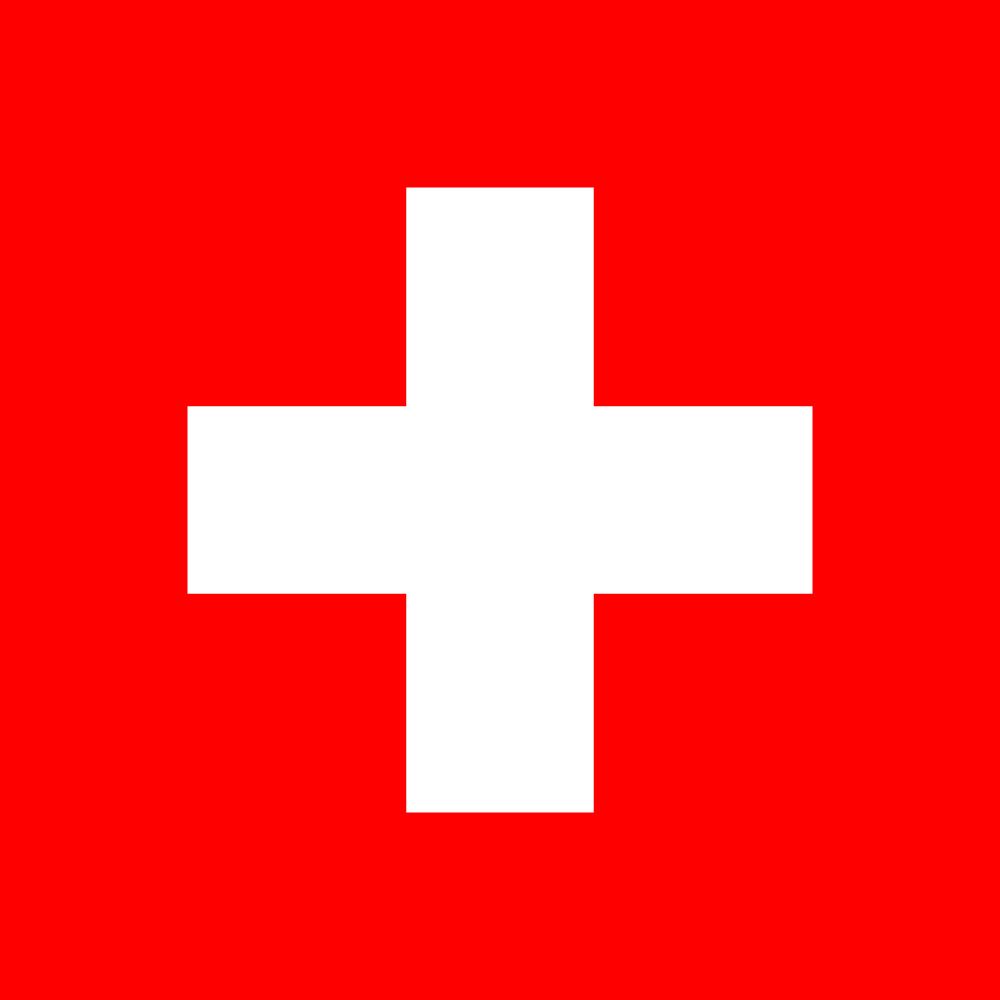Quick Check Priorities
The Quick Check Priorities makes a comparison between different value chains, with the aim of indicating which chain (or which part of your chain) is the best place to start to address CSR risks. The comparison is not based on individual CSR risks, but on product-country combinations. You can choose up to 5 product-country combinations to compare. These can include end products as well as intermediate or semi-finished products. This allows you to compare either different supply chains, or different (intermediate) products in one supply chain.
How does it work?
The Quick Check Priorities consists of 17 questions on CSR risks in the selected supply chains. Questions 1-7 deal with the urgency of the risk (also called risk level), while questions 8-17 focus on opportunities to take action. The questionnaire is based on the OECD Guidelines for Multinational Enterprises, in which severity and probability determine which CSR risk is most urgent. Besides this, the questionnaire also takes into account opportunities for action, with the aim of prioritising risks that your company has the most impact on.
It is recommended to fill in the questionnaire for specific suppliers. If you work in many different supply chains with many different suppliers, it is recommended to choose the suppliers or supply chains that are associated with a large number of CSR risks and/or are of strategic importance. It is also possible to fill in the Quick Check Priorities separately for different suppliers. Another option is to complete the questionnaire by country, which can be useful if you source the same product from different countries.
To arrive at the results, the product-country combinations are ranked from suggested highest to lowest priority. This is based on the answers to the questions, combined with the number of risks for the product-country combination based on the CSR Risk Check. The questions on the urgency of the risk count as much as the questions on the possibility of action. The supply chains with the most severe risks, where the opportunity for action is greatest, should be addressed first. This combination has the largest potential for positive impact.
The Quick Check Priorities is merely one way of approaching CSR risks in your company. It is your responsibility to interpret this information and take action. It should be stated that all CSR risks in your supply chain should be tackled as soon as possible, but at least in the long term. The full disclaimer can be found here.
Get started!
Answer 17 questions about CSR risks and find out which supply chain should be addressed first!
This is how to get started
You can take immediate action through the steps below. Would you like to read more information first? Read here how to best get started.
Fill out the CSR Risk Check
Start this (short) check and find out which international CSR risks your business activities are exposed to and what you can do to manage them
Define your priorities
The Priority Check compares different supply chains, with the goal of indicating which supply chain (or which part of your chain) is the best place to start to address CSR risks.
You are here
Work on due diligence
Download our roadmap and learn how to approach due diligence step by step. The goal: adjust your internal policies and procedures to ensure that you do business with respect for people and the environment.
Check progress with the checklist
Use this interactive checklist to further increase your influence in your supply chain. The checklist will help you learn how to take targeted action to influence the CSR performance of your suppliers.
